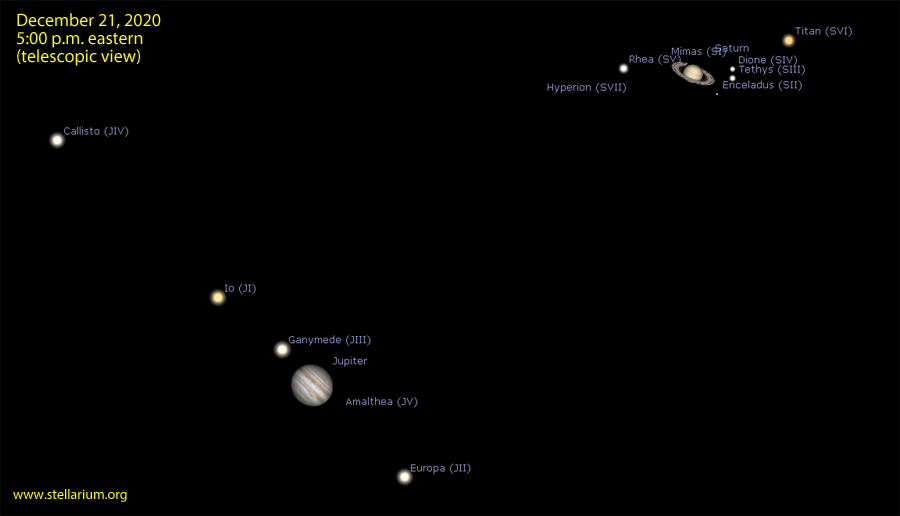The Great Conjunction
Looking back on 2020, the entire world has been and is still suffering high levels of stress and anxiety from this pandemic. Normal life came to a screaming halt as we had to find different ways to entertain ourselves such as reading, doing crafts and binge-watching TV for hours on end while others learned something new. As did early civilizations millennia ago, people have started looking at the night sky as an escape. There are news reports that telescope sales are way up showing interest in astronomy is mounting.
Over this year there were a few great celestial events that drew us out of our homes and looked up. If we ever needed a prime example of a comet, along came Neowise in July that was bright enough to be seen naked eye in the moonlight. Millions of people around the globe enjoyed seeing and photographing this interstellar visitor.
The first week of October saw our favourite planet Mars making its brightest and closest approach to earth since 2003. Mars is still seen overhead for most of the night appearing bright orange. Over the weeks and months, we will notice Mars dimming ever so slowly as our distance increases with each passing day.

Closing off December the Geminid meteor shower peaks on the night of the 13/14. This is one of the best displays of the year, producing 120 slow-moving meteors per hour with the occasional bright fireball. The new moon will not interfere with this year’s display which brings us to this very special conjunction of Jupiter and Saturn.
Every 20 years the two gas giants of the solar system meet up in a great conjunction. On December 21 the two will have a separation of only six arc minutes or one-fifth the size of the full moon. Both will be visible in a telescope along with their moons. This will be a truly unique image to see and photograph.
We also celebrate the solstice on the 21st. Also on the 21st, the normally weak Ursids meteor shower might produce a series of outbursts possibly producing up to several meteors per minute around 10 to 11 p.m. and then 1 a.m. eastern time.
The new moon occurs on December 14 and the Full Cold Moon on December 29.
Until next month, clear skies everyone.
